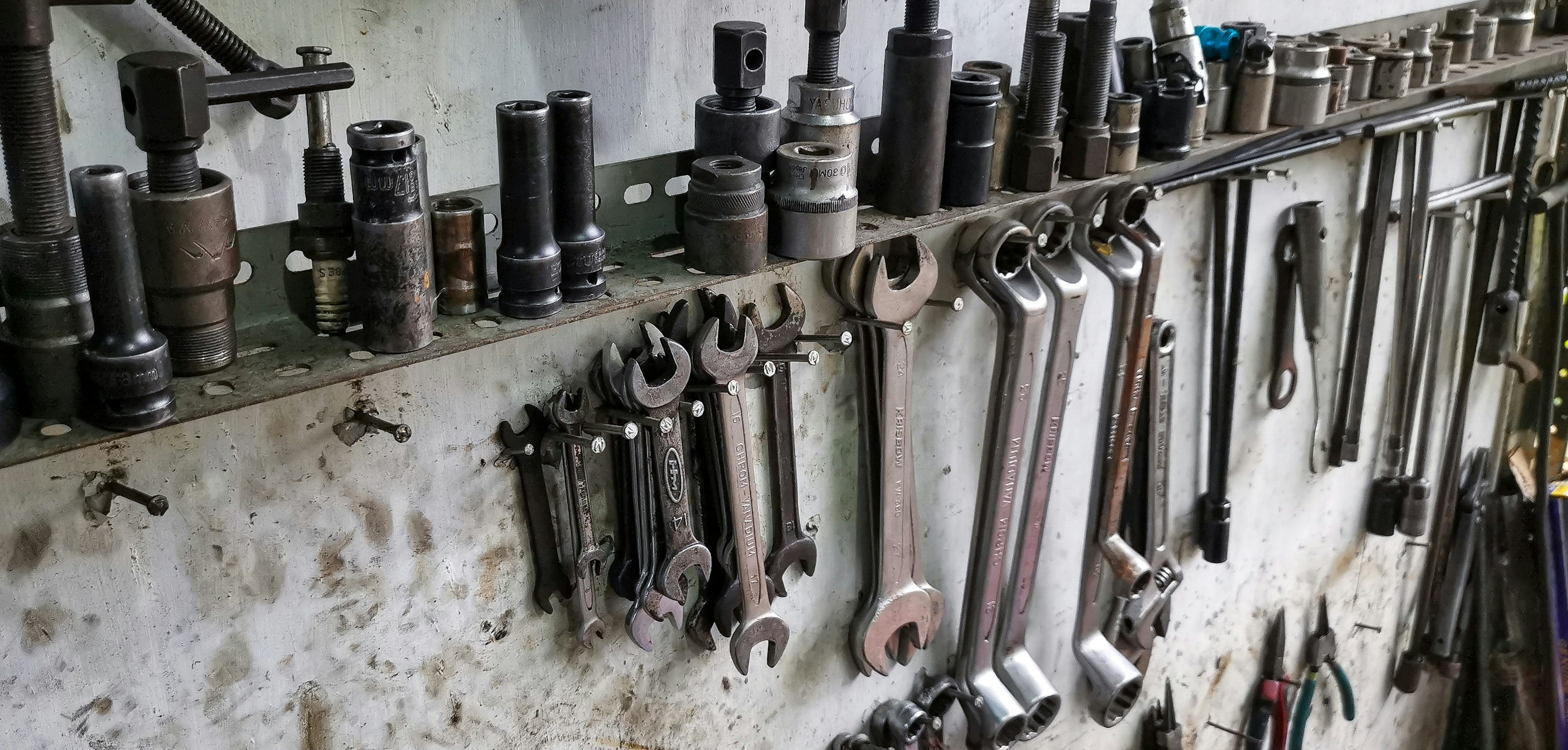If you're passionate about providing exceptional customer service, you've landed in the right place. In today's competitive market, delivering outstanding customer experiences isn't just a nice-to-have—it's a necessity. One of the most effective ways to ensure your support team consistently meets and exceeds customer expectations is by implementing robust Quality Assurance (QA) guidelines.
In this step-by-step guide, we'll explore how to develop and implement effective QA guidelines in your customer service operations. We'll cover everything from understanding the importance of QA to crafting detailed guidelines and training your team. So, grab a cup of coffee, and let's dive in!
Why Quality Assurance Guidelines Matter in Customer Service
Before we get into the how-to, it's crucial to understand why QA guidelines are essential for your customer service team.
- Consistency: QA guidelines ensure that every customer interaction aligns with your company's standards, providing a uniform experience across all touchpoints.
- Customer Satisfaction: By maintaining high-quality service, you boost customer happiness, foster loyalty, and encourage positive word-of-mouth.
- Employee Development: Clear guidelines help your team understand expectations, identify areas for improvement, and facilitate growth.
- Performance Metrics: QA provides measurable data to assess and enhance your support team's performance over time.
For more on why QA is vital, check out our article on Why Customer Service Quality Management is Important and How to Implement It.
Step 1: Define Your Customer Service Goals
Every successful QA program starts with clear, well-defined goals. What do you want to achieve with your customer service?
- Enhance Customer Satisfaction: Aim to improve customer feedback scores and reduce complaint rates.
- Increase Efficiency: Reduce average handling times without compromising service quality.
- Boost First Contact Resolution: Resolve customer issues during the first interaction.
Having specific goals helps tailor your QA guidelines to meet these objectives effectively.
Step 2: Identify Key Performance Indicators (KPIs)
Once you've set your goals, identify the KPIs that will help you measure success.
- Customer Satisfaction Score (CSAT): Measures how satisfied customers are with your service.
- Net Promoter Score (NPS): Gauges customer loyalty and likelihood to recommend your brand.
- First Response Time (FRT): Tracks how quickly your team responds to customer inquiries.
- Average Handling Time (AHT): Measures the average duration of customer interactions.
These KPIs will serve as benchmarks to evaluate the effectiveness of your QA guidelines.
Step 3: Develop Your Quality Assurance Checklist
A QA checklist is a critical tool that outlines the criteria for evaluating customer interactions. Here's how to create one:
1. Outline Communication Standards
Define how your agents should communicate with customers:
- Tone and Language: Use friendly, professional language that aligns with your brand voice.
- Empathy: Show understanding and concern for the customer's situation.
- Clarity: Provide clear, concise information without jargon.
2. Establish Procedural Guidelines
Set expectations for following company protocols:
- Verification Processes: Ensure customer information is correctly verified.
- Policy Adherence: Agents must follow company policies and procedures accurately.
- Documentation: Properly record all customer interactions and actions taken.
3. Include Compliance Requirements
If applicable, incorporate industry regulations and legal requirements:
- Data Protection: Adhere to data privacy laws like GDPR or CCPA.
- Regulatory Compliance: Follow any industry-specific regulations.
4. Incorporate Resolution Metrics
Assess how effectively issues are resolved:
- Problem Solving: Agents should provide accurate and effective solutions.
- Follow-Up: Determine if follow-up actions are needed and executed.
- Escalation Protocol: Ensure proper escalation procedures are followed when necessary.
For a detailed guide on creating a QA checklist, check out our article on Creating the Ultimate Customer Service Quality Assurance Checklist: Templates and Best Practices.
Step 4: Develop a Scoring System
A scoring system allows you to quantify the quality of customer interactions. Consider the following steps:
1. Assign Weights to Each Criteria
Not all criteria are equally important. Assign weights based on priority:
- Critical Errors: Major issues like compliance violations should have higher weights.
- Minor Errors: Less critical mistakes might have lower weights.
2. Choose a Scoring Scale
Select a consistent scoring scale, such as:
- Yes/No: Simple binary scoring.
- Numeric Scale: Rate each criterion on a scale (e.g., 1-5).
- Percentage: Calculate scores as a percentage of total possible points.
Step 5: Train Your Team on the QA Guidelines
Guidelines are only effective if your team understands and embraces them.
1. Conduct Training Sessions
Organize workshops or seminars to introduce the QA guidelines:
- Interactive Learning: Use role-playing exercises to demonstrate best practices.
- Materials: Provide handouts or digital resources for reference.
2. Encourage Open Communication
Create an environment where agents feel comfortable asking questions:
- Feedback Channels: Use tools like surveys or suggestion boxes.
- Regular Meetings: Hold team meetings to discuss challenges and solutions.
For more training tips, read our article on Top 10 Mistakes to Avoid in Customer Service Quality Assurance—and How to Fix Them.
Step 6: Implement a Monitoring Process
Monitoring is essential to ensure guidelines are followed and to identify areas for improvement.
1. Choose Monitoring Methods
Select methods that suit your operations:
- Live Monitoring: Supervisors listen to calls or read chats in real-time.
- Recorded Interactions: Review past interactions for analysis.
2. Use Technology Wisely
Leverage software tools for efficient monitoring:
- Quality Management Systems: Automate scoring and reporting.
- AI-Powered Tools: Utilize AI for sentiment analysis and identifying trends.
Interested in AI tools? Learn how to Generate Customer Service Quality Assurance Checklists with AI.
Step 7: Provide Constructive Feedback
Feedback is crucial for continuous improvement.
1. Schedule Regular One-on-Ones
Meet individually with agents to discuss performance:
- Highlight Strengths: Acknowledge what they are doing well.
- Address Areas for Improvement: Offer actionable advice.
2. Create Personal Development Plans
Work with agents to set achievable goals:
- Skill Enhancement: Identify training opportunities.
- Career Progression: Discuss potential advancement paths.
Step 8: Revise and Update Guidelines Regularly
Your QA guidelines should evolve with your business.
- Stay Current: Update guidelines to reflect new products, services, or policies.
- Gather Feedback: Use agent and customer feedback to make improvements.
- Industry Trends: Keep an eye on customer service trends and adjust accordingly.
For insights into industry trends, read our piece on The Vital Role of Customer Support Quality Assurance Analysts in Elevating Customer Service.
Step 9: Recognize and Reward Excellence
Motivate your team by acknowledging their hard work.
- Incentive Programs: Offer bonuses or perks for high performers.
- Public Recognition: Celebrate achievements in team meetings or company communications.
Step 10: Invest in Continuous Training
Ongoing training ensures your team stays sharp and informed.
- Workshops: Conduct regular training sessions on specific skills.
- Certifications: Encourage agents to pursue relevant certifications.
Consider exploring our article on Customer Service Quality Assurance Certification: Why It Matters and How to Get Started for more information.
Conclusion
Implementing effective quality assurance guidelines in customer service is a multifaceted process that requires careful planning and execution. By following this step-by-step guide, you're well on your way to elevating your support team's performance and enhancing customer satisfaction.
Remember, the key to success lies in continuous improvement, open communication, and a commitment to excellence. Start today, and watch your customer service soar to new heights!
Ready to Elevate Your Customer Service?
Implementing QA guidelines can be complex, but you don't have to do it alone.


